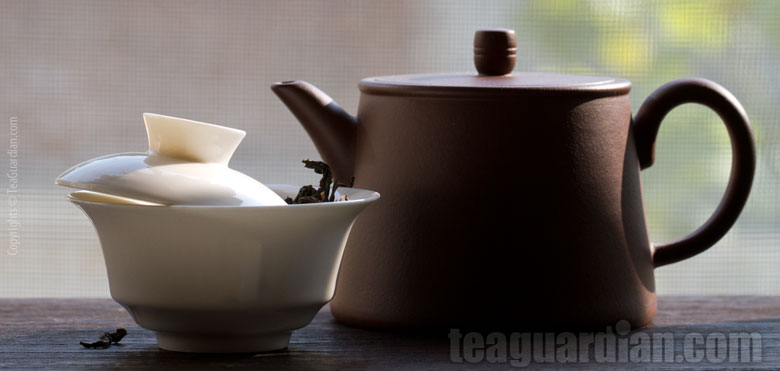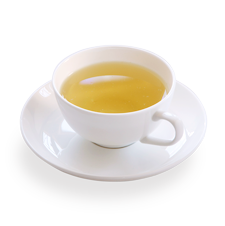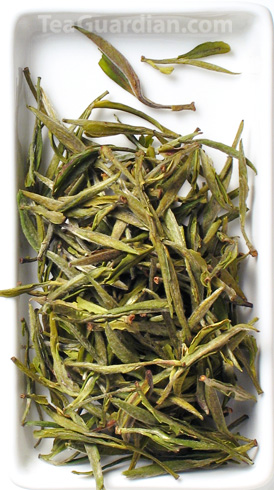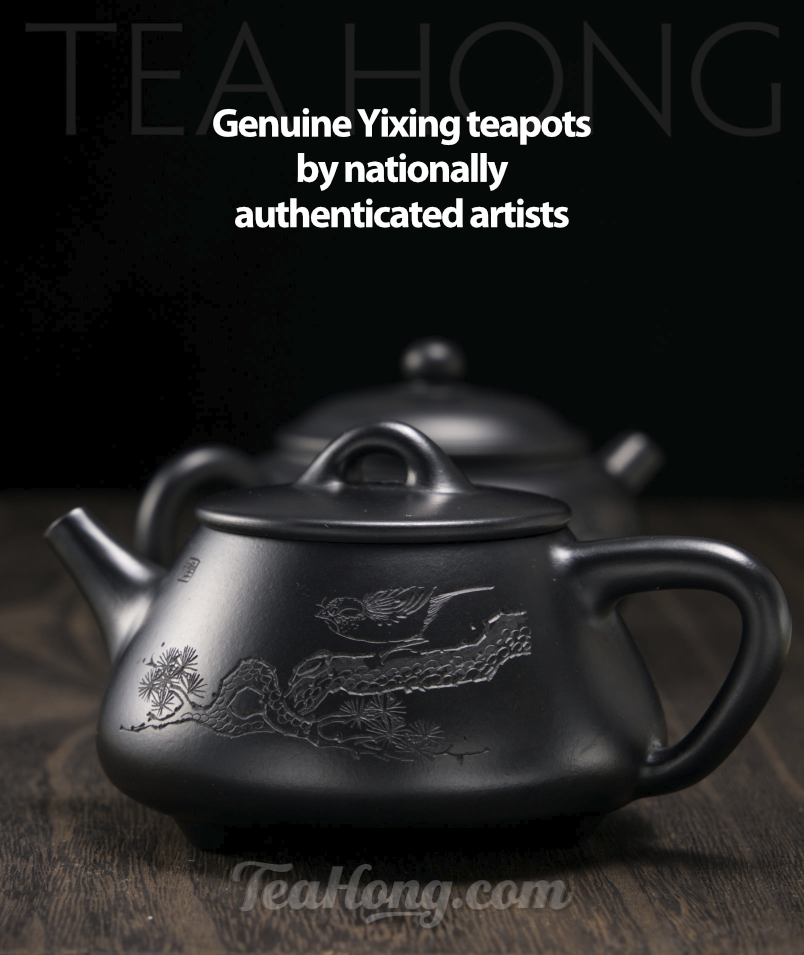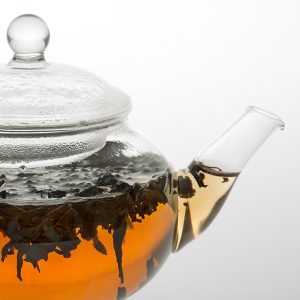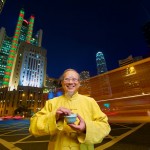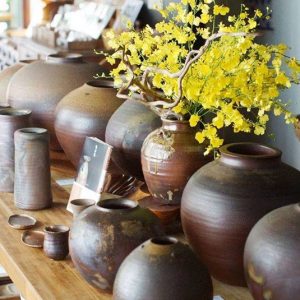Tea at the Onslaught of Wuhan Coronavirus
by Leo Kwan
These ( tea ) catechins can bind differently to neuraminidase ( i.e. the chemical in viruses that breakdowns the defence of our cellular wall ) and might overcome known drug resistance related virus mutations…
Kazuke Ide et al, Anti-influenza Virus Effects of Catechins: A Molecular and Clinical Review Tweet

Table of Contents
An atrocity that could have been avoided
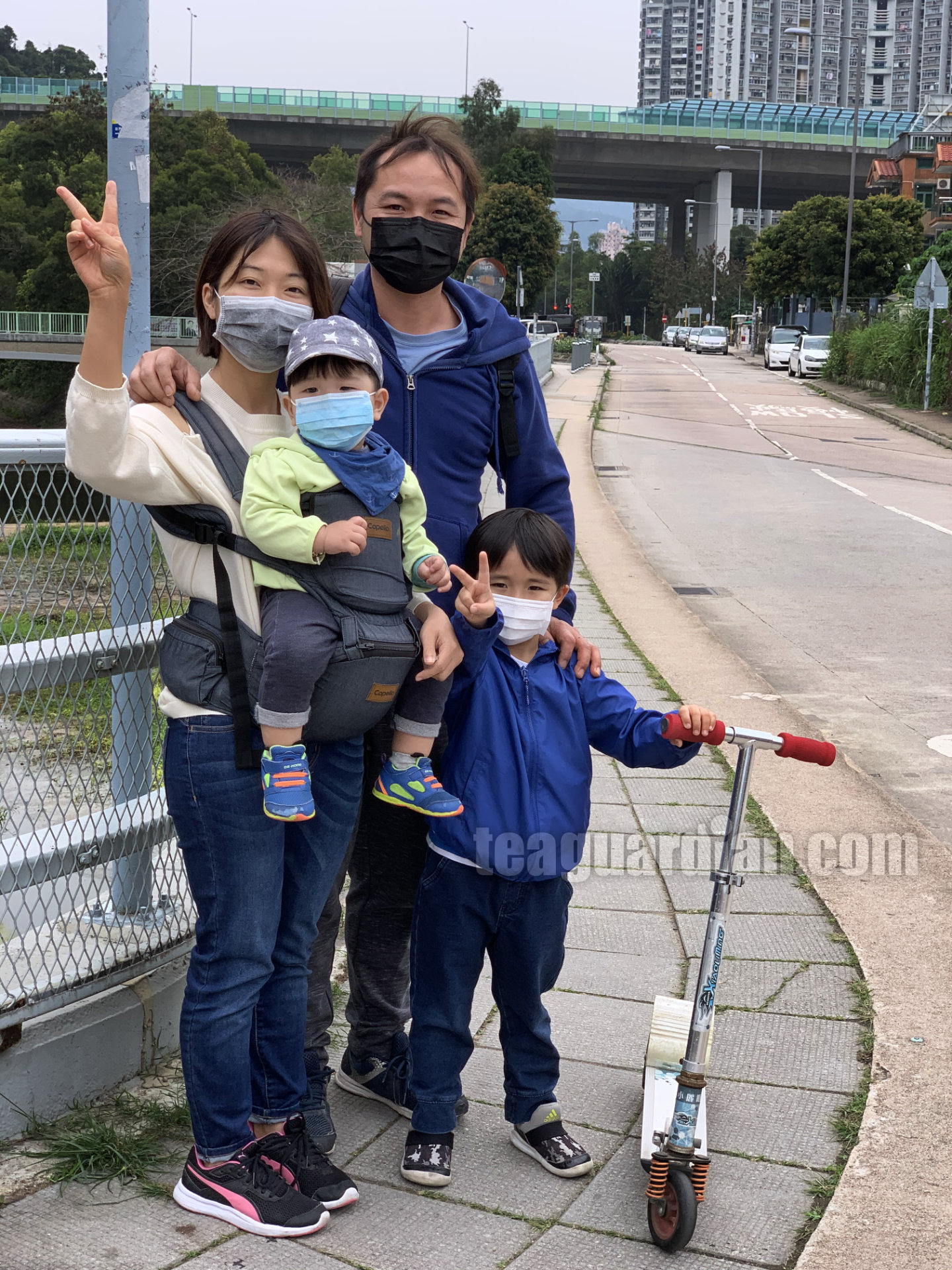
Because of the SARS tragedy 17 years ago, people in Hong Kong do not take on this new coronavirus epidemic slightly. When young Mr and Mrs Chiu take their kids for some air in the park, they are prepared with masks and alcohol hand gel.
Before reading on about this in this article, I’d like to let you know that I have previously resisted the idea of publishing this article, even when the epidemic devastated Korea and shocked Japan. I was afraid that people would regard me as an opportunist, playing the fear of the mass and disrespectful of the victims of this largely manmade global disaster. However, as large number of people fell in Iran, Italy and now all over the world, it has become obligatory for me to share what I have to say.
I have, like many in Hong Kong, survived the destructive SARS epidemic in 2003 (1). This Wuhan Pneumonia, (aka COVID-19) (2), simply looks too familiar, just larger in scale. Previously we have learned a few useful things to stay safe. Yet many in other parts of the world, even as technologically and medically advanced as US and Japan, appear to have been unprepared.
In honour of all the victims and their families and friends, and in the hope that we learn something from this largely preventable pandemic, here is my sharing as a tea specialist and a multiple times epidemic witness.
Let’s all keep the spirit up while getting on with life during this pandemic.
Pretext: SARS 2003
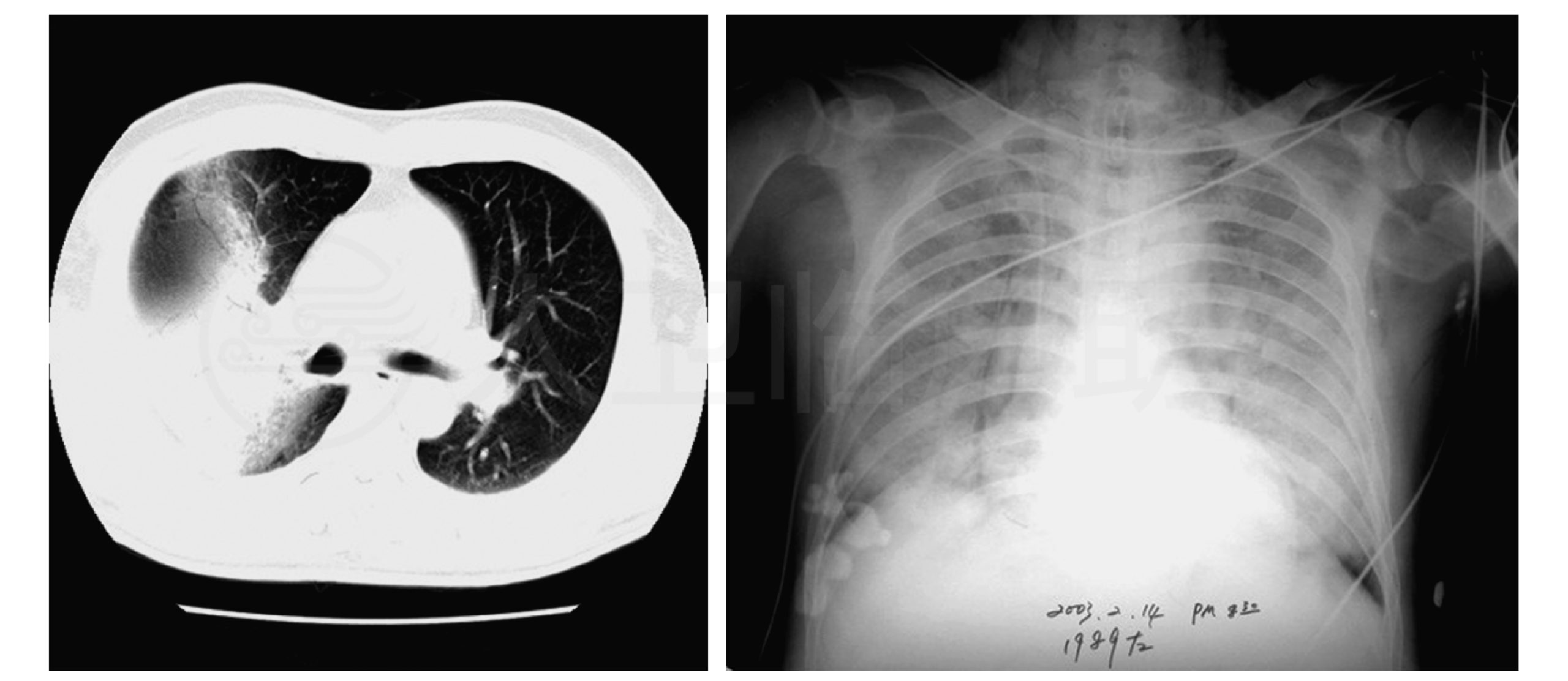
Hospitals in China had been receiving patients of very serious and unusual pneumonia cases. This X ray made on February 14 had been used amongst doctors to study
On February 21, 2003, a Dr. Liu travelling to Hong Kong checked into room 911 in Metropole Hotel ( now Metropark Hotel ) in Mongkok, perhaps the most densely populated area of the city. Before he left China for this holiday, he was amongst a team failing to treat a suddenly occurring number of patients with a previously unknown form of pneumonia that did not respond to existing medicines. An unverified number of people in China had been infected and died of the condition by that time but few people knew about it. The government actively suppressed the information and anyone talking about it. (1)
This Dr Liu was diagnosed to have contracted the disease when he came, but like the government where he came from, he was not telling anyone. The next day he got so sick that he had to go to a nearby hospital. He died 10 days later. His brief stay in the hotel had successfully spread the virus to 23 other guests, who had then become the unknowing carriers of the most menacing epidemic ever to grip this financial hub of Asia since the 1968 Hong Kong flu pandemic (3). 1968 was only one year after the Chinese Communist executed city-wide riot with bombs and arsons (4). One of my childhood idols, news commentator Lam Bun was burned to death in his Volkswagon, but that’s another story.
There was no medicine for this “severe acute respiratory syndrome” at the time, and this “SARS” virus spread with such ferocity that despite immediate mass awareness education, 1755 had been infected, 299 lives were taken. To many of the “recovered” persons, life has never been the same again. Their physical ability has been impaired by both the coronavirus and the unforgiving trial medicines used to save their lives.
The trauma did to the city this time is far greater than the Avian Flu H5N1 also originated in nearby China only a few years ago, which changed the chicken consumption habit in Hong Kong forever.
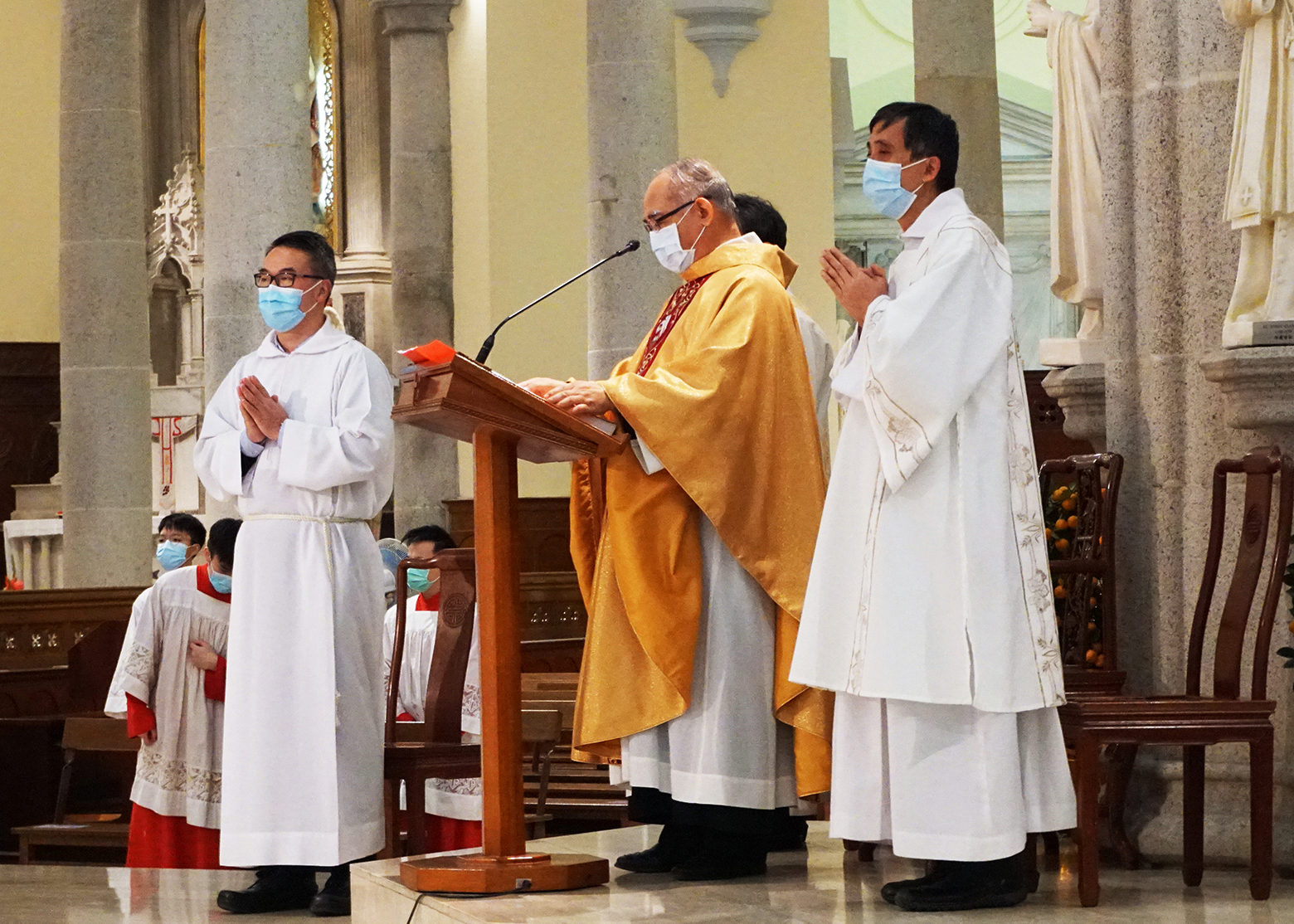
People in Hong Kong began wearing masks and other precautionary measures when the epidemic is known in China in January. Experience and sacrifices in the 2003 SARS has taught us well. Photo credit: Francis Wong
The only silver lining of this experience was that people here have been culturally primed with the needed mindset and basic practices for precautionary measures to avoid contagious respiratory diseases. The healthcare community, albeit suffered great casualty, is seasoned for epidemics.
2019 New SARS?
Rumours about cases of people getting SARS again started to circulate from the central Chinese city of Wuhan in November 2019 (5). On December 30 a Dr Li alerted his friends in a private professional social media group that when he saw a patient for eye problems, he noticed there were symptoms akin to those in SARS. Precautionary protective measures would be needed, he wrote. The next day he was summoned to the police station. He and his eight other doctor friends were warned not to spread rumours lest severely prosecuted. They were silenced. (6)
As the number of cases increased dramatically, more talks on the internet were silenced, but only after some caught the attention in Hong Kong. When confronted with questions on the subject matter, China officials repeatedly denied the seriousness of the situation. Health authority from Beijing said the “few” individual cases were passed onto human directly from contact with animals. That the disease does not pass from human to human. Later they said the chance for human to human transmission was low. (7)
It was when cases began to happen in too many places outside of China, the government began to admit to the contagious nature of this Wuhan Pneumonia Coronavirus. This was late January, after the whole city of Wuhan was under quarantine. Some officials still maintained that the disease is “preventable and controllable”. WHO declared that there was nothing for the world to worry about.
Meanwhile, Dr Li who first warned of the resurfacing epidemic died, leaving behind his unborn child and an infected wife.
Why you should be concerned
Between the few days when I decided to research and actually writing about this, Wuhan Pneumonia has spread not only across Asia, but also to Europe and the Americas. Its transmission speed and ratio are extremely high, contrary to what China and WHO told the world earlier. Unlike common flu which fatality rate are sub-decimal, this COVID-19 is causing quite a few deaths per 100 of infected persons. In Italy, it is over 7%. WHO just announced the average figure of 3.4%. That is still tens of times more than seasonal flu, according to some, but thousands of time if you read the CDC ( USA ) datas (8). 20% of confirmed contractions have developed serious symptoms. They will never fully recover.
No one knows what this horrifying virus can do as it evolves. In a time when authoritarian nations are exempted from moral responsibilities, when dangerous labs become playgrounds for the rich and powerful, when disgrace of Nature is something to boast about, Nature itself finds a way to revenge. When it does, it does not discriminate who started it. We have to learn how to sustain our own existence in this and a future more adverse environment.
Because of the sheer speed with which this disease can deteriorate anyone, and its highly contagious nature, a lot of resources is needed to attend to a person who is contracted and has developed symptoms serious enough for medical care. That means heavy loading on the tight hospital resources that all nations have been facing even before this crisis. One more coronavirus patient means one deprived patient of other diseases and conditions. More tragedies are on the making.
Mechanism of the infection
A virus requires the living cell of an organism as a host in order to propagate. When it cannot enter the cell, it lays dormant and maybe eliminated.
A coronavirus, such as those causing common colds, bronchitis, SARS, MERS, and now this Wuhan Pneumonia, is no difference. When it attaches to a cell in a species-specific host, say one in the inside lining of a human being’s nostril, it tricks the defence cell wall to make entry. Once the cell wall is open, the virus releases its RNA — Ribonucleic acid, the core component of the virus existence, into the interior body of the cell. Strands of this RNA material then hijack the very RNA produced by the chromosomes in the cell’s nucleus. Your cell routinely produce RNA to perform your cell’s functions employing the designated mechanism of that particular cell. Now hijacked by the virus’ RNA, your cell’s normal function has come under control by the new programming directed by the virus’ genetic information. The invader turns your cell into its own incubator. ( Rather like Alien, isn’t it? ) One single coronavirus may churn out millions of copies of itself in one human cell. ( Even more scary than those sci fi horror flicks, actually )
These replicas can now each go on to hijack further cells.
When it is the common cold virus, the victim may have a sore throat, a fever, or if he is pretty vulnerable, develop further complications. Some people got stuck in the bed for a few days and recover. A lot of the times the body’s own defence recognises the virus and destroy them before they do more harm. Only a few develop more serious symptoms.
In the case of this Wuhan Pneumonia coronavirus, however, the virus replicates rather unnoticeably. Why? Because it is a new kind of invader that the human body has not yet learned to recognise. It has a way to hide its bio signals so hijacked cells would not be seen by the body’s immune as aliens. So it grows in population and creeps into the body’s vital organs, such as the lung. When symptoms such as fever, coughing, or shortness of breath arises, the spread of the virus has already done very bad damages.
You can see why those who have serious symptoms can have chronic health issues even when cured. Medical professionals around the world is gathering reliable datas to understand the proportion of how many could develop such condition if infected, but since this disease is new, and datas from China, where by far the most cases happened, are rather unreliable, new statistics need to be studied from cases around the world, where this pandemic is happening. Dr PL Ho, Director of the Centre of Infectious Diseases in University of Hong Kong said this could be as high as 20%.
This novel coronavirus from China is not to be slighted as a common flu.
Prevention
“Due to the fact that influenza infections and common colds spread easily via droplets and contact, public prevention measures, such as hand washing and facial masks, are recommended”
D Furushima et al, Effect of Tea Catechins on Influenza Infection and the Common Cold with a Focus on Epidemiological/Clinical Studies
“Only when everyone wears a mask can the transmission of virus be prevented from invisible carriers or those with mild symptoms.”
Dr PL Ho, Director, Centre for Infectious Diseases, University of Hong Kong
Contrary to WHO advice and what some of the Western experts suggest, the surgical mask is as important as hand-washing in the prevention of this virus, especially when in closer contacts with other people, or when in confined space or in congested areas. It’s not only for protecting yourself, but also for protecting others. One cannot be sure whether one is the virus carrier — there can be no symptoms even when one is infected. This virus travels in fluid droplets, such as those invisible ones when you speak, cough, more so when you sneeze. That’s why your mask would have to be good enough to fence that.

Health workers going on strike in the main hall of Hospital Authority to pressure the government to close border to China in order to curb the spread of the Wuhan Coronavirus. February 3 ~ 7, Hong Kong. Although the government closed only some of the ports in the end, this movement was instrumental in decreasing the flow of possible virus carrier significantly. Usually tens, and sometimes hundreds of thousands Chinese jammed through the border everyday to take advantage of better services in Hong Kong
Together with other preventive measures, and in the backdrop of continual influx of thousands of Mainland China each day even now, — it used to be hundreds of thousands each day until February 8 — the number of cases in Hong Kong remains low ( at the time of this writing, touch wood ). This is not by luck, but by the hard work of the healthcare frontlines, and the generally prepared public.
Although some has criticised that Taiwan overdoes it, but figures tell. Not only their population is as culturally prepared for epidemics because of the 2003 SARS lesson, but also their government has followed their own epidemiological expert advice to block Chinese incoming early on and quarantine all nationals returning from China. That is why despite close social-economic ties with the Communist state, Taiwan remains to this day the least health affected country in East Asia.
If you are reading this in a place where you begin to feel the impact of the Wuhan Pneumonia pandemic, however, please do not feel angry with your government for not closing the border to China. It is already too late. Disinformation has done its job. The coronavirus is already hidden in your community.

Report of confirmed cases of Wuhan Coronavirus. Notice how relatively low in cases in Hong Kong and more so in Taiwan. The two places are by far the most socially and economically integrated with China and yet with good information, the right strategies and a heightened mass awareness of proper precautionary measures, the pandemic can be contained. Source: https://www.worldometers.info/coronavirus/#countries
Your body, the last defence
Although statistical datas are rather new and still growing, it appears that this Chinese virus is more likely to cause damages to certain people and lethal to a few. Although people over 60 are quite many times more likely to die than those who are younger, this is only relative. There still are fatality in the young and recovery in the old. Stay vigilant.
To defend against this virus onslaught is like defending against most other contagions. Use common sense and learn from history. ( However, common sense is sometimes as lacking as surgical masks or alcohol gel during a crisis, and many people scoff at somebody else’s history )
One most important piece in the arsenal in this battle is your own health, although this is not to say healthy persons won’t get infected, as common sense goes. You just have a better chance of not getting sick when a contagion gets in your body.
Since this particular coronavirus from Wuhan is new, the body’s own defence mechanism is not yet educated to guard against it. It has yet to recognise it as a threat.
External aids can be of help. One of these is tea.
Tea polyphenols have found to be capable of inhibiting coronaviruses (9) from entering the human cell wall. When a virus cannot reproduce itself using our cells, it cannot inflict damages upon us. I shall explain below.
Tea polyphenols, stopping the virus at the cell wall
Since the “official” beginning of the epidemic, my Chaozhou producers often send me messages saying that in gongfu tea drinking communities in their region, there has been no cases. If one checks the Chinese official figure ( if it means anything at all ), the reported cases for the area are visibly much lower than surrounding counties in the much affected province of Guangdong (10), and only in the digits.
Such subjective conclusion asides, quite a number of scientific studies have demonstrated that tea polyphenols, such as catechins (11) and theaflavins (12), are effective in defending human cells from respiratory disease viruses by stopping them at the cell wall. They do that by attaching to the little protein like protrusions of the coronavirus to block them from fusing with the cell wall. As described in the mechanism of infection above, when the virus cannot enter, it cannot release its RNA into the cell.
When this pathway is blocked, we are safe from its harm.
3 times less likely to get infected
Taking the research beyond glass tubes and lab mice, some scientists have studied how real people would reduce chances of flu infection using green tea (13).
In one of the studies, it is found that amongst a group of 2050 primary school children in Japan, those who drink more than 3 cups of green tea a day can be over 3 times less likely to contract the disease than those who do less than one cup (14). In some other studies, it is found that even gargling with green tea can reduce the chance by 50% (15).
Although no studies have been done on how tea can be effective in defending against this Wuhan Coronavirus in particular, since the defence mechanism of these tea substances does not require the body recognising the virus, and the virus basic structure is basically similar (16), it is likely that these polyphenols will work the same way.
However, unlike studies to find new medicine, proving tea drinking can help guard against such and similar infectious diseases will not bring big money to any deep pocket pharmaceutical companies. With less than ideal available budget, such researches are few and far in between.
Science is young and needs time to grow. The danger of contracting a deadly new form of pneumonia is imminent. No one can be invincible, but anyone can most definitely drink a few cups of good tea each day, acquire a better diet, healthier lifestyle and use some common sense in epidemic precaution.
So drink your tea. Wash your hands. Avoid crowds. Wear your masks whenever there are other people around.
Stay healthy. Stay happy.
Teas that are higher in good catechins
Teas that are higher in good theaflavins
Footnotes
- SARS — short for Severe Acute Respiratory Syndrome, was an epidemic that originated in China but hit Hong Kong very hard. More about it in this Wikipedia entry: https://en.wikipedia.org/wiki/Severe_acute_respiratory_syndrome
- Wuhan Coronavirus or COVID-19? Two authority figures in the frontline in fighting this epidemic in Hong Kong, Dr KY Yuen and Dr David C Lung, explicitly expressed that while WHO has given a code name to the contagion, it is proper for the public to refer to it with its original name, Wuhan Pneumonia. The semantics of the original name reflects a bad cultural habit that the Chinese have to correct in order to avoid a possible and disastrous SARS 3. Original article published on March 18, 2020 on Ming Pao Daily: https://m.mingpao.com/ins/文摘/article/20200318/s00022/1584457829823/大流行緣起武漢-十七年教訓盡忘(文-龍振邦-袁國勇)The next day, they both received such political pressure that they had to declare a formal apology.
- Hong Kong Flu was a devastation to the world not unlike what is going on today with the Wuhan Pneumonia. More at: https://www.britannica.com/event/Hong-Kong-flu-of-1968/
- 1967 Riots was a turning point in the history of Hong Kong. While we lived through it, a taste of what it was can be read from this article: https://www.scmp.com/magazines/post-magazine/long-reads/article/2089195/witnesses-anarchy-1967-riots-hong-kong-some-those
- South China Morning Post: Coronavirus: China’s first confirmed Covid-19 case traced back to November 17: https://www.scmp.com/news/china/society/article/3074991/coronavirus-chinas-first-confirmed-covid-19-case-traced-back
- More detail about Dr Li Wenliang on the Lancet (retrieved on Mar 19, 2020: https://www.thelancet.com/journals/lancet/article/PIIS0140-6736(20)30382-2/fulltext
- As late as January 19, Chinese authorities had been trying to convince the public that there were only few cases in Wuhan and that the disease was not contagious. It was only the day after that they declared there was a rather serious infectious disease. Wuhan was in lockdown 3 days later. There are various records of the progression of this incident but many have been “harmonised” to hide facts that we remember. Even Wikipedia and BBC. One more accurate and precise account in Chinese: The News Lens — 從「可防可控」到「疫情劇增」,中央集權下地方治理的困境與挑戰 https://www.thenewslens.com/article/131162
- Please note that doctors and officials can be talking about extremely different percentages depending on their own agendas. Always refer to actual datas. CDC — Disease Burden of Influenza: https://www.cdc.gov/flu/about/burden/index.html
- Anti-influenza Virus Effects of Catechins: A Molecular and Clinical Review, Kazuke Ide et al, Current Medicinal Chemistry 23 (42), 4773-4783 2016;
Evaluation of green tea extract as a safe personal hygiene against viral infections, Yun Ha Lee et al, Journal of Biological Engineering (2018) 12:1 - 2019 冠狀病毒病報告個案的國家/地區, Centre for Health Protection, Department of Health, HKSAR
- Antiviral Mechanism of Action of Epigallocatechin-3-O-gallate and Its Fatty Acid Esters, Kunihiro Kaihatsu et al, Molecules 2018, 23, 2475;
A Review of the Antiviral Role of Green Tea Catechins, Jun Xu et al, Molecules 2017, 22, 1337 - Inhibition of SARS-CoV 3C-like Protease Activity by Theaflavin-3,3′-digallate (TF3), Chia-Nan Chen et al, Advance Access Publication 7 April 2005;
An in vitro study of theaflavins extracted from black tea to neutralize bovine rotavirus and bovine coronavirus infections, Clark KJ et al, Veterinary Microbiology 1998 Oct;63(2-4); Zi-Feng Yang et al,
Comparison of in Vitro Antiviral Activity of Tea Polyphenols Against Influenza A and B Viruses and Structure-Activity Relationship Analysis, Zi-Feng Yang et al, Fitoterapia, 93, 47-53 2014 - Effect of Tea Catechins on Influenza Infection and the Common Cold with a Focus on Epidemiological/Clinical Studies, Daisuke Furushima et al, Molecules 2018, 23, 1795
- Green Tea Consumption Is Inversely Associated with the Incidence of Influenza Infection among Schoolchildren in a Tea Plantation Area of Japan, Mijong Park et al, American Society for Nutrition August 10, 2011; doi:10.3945
- A Randomized Controlled Study on the Effects of Gargling with Tea Catechin Extracts on the Prevention of Influenza Infection in Healthy Adults, Hiroshi Yamada et al, Japanese Journal of Clinical Pharmacology and Therapeutics 2007 Volume 38, 5, 323-330
- Inhibition of SARS-CoV 3CL protease by flavonoids, Seri Jo et al, JOURNAL OF ENZYME INHIBITION AND MEDICINAL CHEMISTRY 2020, VOL. 35, NO. 1, 145–151;
Middle East respiratory syndrome coronavirus: transmission, virology and therapeutic targeting to aid in outbreak control, Prasannavenkatesh Durai et al, Experimental & Molecular Medicine (2015) 47, e181


